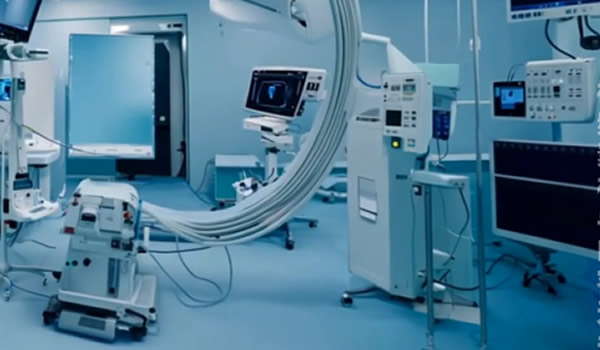Leukemia, a cancer of the blood and bone marrow, is a major hematological malignancy in Asia, affecting both children and adults. While chemotherapy and bone marrow transplantation remain standard treatments, targeted therapy and immunotherapy are reshaping the landscape. This article explores leukemia treatments in Asia, highlighting regional disparities, new drugs, and future innovations.

Leukemia in Asia: The Burden
- Global context: Over 474,000 new leukemia cases annually worldwide.
- Asia’s burden: China and India account for a large proportion of global cases. Japan and South Korea: High survival rates due to advanced treatments. Southeast Asia: Limited resources, late diagnosis, and poor access to advanced drugs.
- Types of leukemia: Acute lymphoblastic leukemia (ALL). Acute myeloid leukemia (AML). Chronic lymphocytic leukemia (CLL). Chronic myeloid leukemia (CML).
Chemotherapy: Standard of Care
Acute Leukemia
- Combination regimens used for induction, consolidation, and maintenance.
- Common drugs: cytarabine, daunorubicin, vincristine, methotrexate.
- Pediatric ALL: Asia has some of the highest cure rates, particularly in Japan and South Korea.
Chronic Leukemia
- Chemotherapy less commonly used in CML due to targeted therapies.
- Still important for patients without access to TKIs (tyrosine kinase inhibitors).
Challenges
- Toxicity management in resource-limited hospitals.
- Access to supportive care (antibiotics, transfusions) uneven.
Bone Marrow and Stem Cell Transplant
Allogeneic Transplant
- Standard for high-risk or relapsed leukemia.
- Donor availability remains a major barrier in Asia.
- Japan and South Korea: Advanced registries and donor banks.
- India and China: Expanding transplant programs but cost remains high.
Autologous Transplant
- Used less frequently in leukemia but common in lymphomas.
Regional Issues
- Limited transplant centers outside urban hospitals.
- High costs limit access for many families.

Targeted Therapy
Tyrosine Kinase Inhibitors (TKIs)
- Revolutionized treatment of CML.
- Imatinib (Gleevec): Widely available through generics.
- Dasatinib, nilotinib, bosutinib, ponatinib: Access varies across Asia.
- Japan and South Korea: Early adoption of next-generation TKIs.
Targeted Agents for AML and ALL
- FLT3 inhibitors (midostaurin, gilteritinib).
- IDH inhibitors (ivosidenib, enasidenib).
- Expanding clinical trials in China and India.
Immunotherapy
CAR-T Therapy
- Pioneering CAR-T trials for ALL in China and Japan.
- Approved therapies (tisagenlecleucel, axicabtagene) gradually entering Asian markets.
Monoclonal Antibodies
- Blinatumomab for ALL.
- Rituximab for CLL.
Immune Checkpoint Inhibitors
- Ongoing trials in AML and CLL in China, South Korea, and Singapore.
Regional Insights
- Japan & South Korea: Advanced leukemia care, early access to CAR-T and targeted drugs.
- China: Largest number of patients, rapidly expanding clinical trials, leading in CAR-T development.
- India: Reliance on generics; transplant programs growing but affordability is a challenge.
- Southeast Asia: Limited resources, high treatment gaps, late diagnosis.
- Middle East: Rapid expansion of transplant and targeted therapy centers.
Challenges in Asia
- Late diagnosis: Many patients present in advanced stages.
- Donor shortages: Limited bone marrow registries in many countries.
- High costs: TKIs, CAR-T, and new immunotherapies remain unaffordable for most.
- Healthcare disparities: Urban vs rural divide in access to advanced care.
Future of Leukemia Treatment in Asia
- Expansion of bone marrow donor registries across Asia.
- Local production of TKIs and CAR-T therapies to reduce costs.
- Precision medicine: Genetic profiling for personalized leukemia therapy.
- AI-based diagnostics for early detection and relapse monitoring.
- Telemedicine programs to expand access to supportive care.

Conclusion
Leukemia remains a serious health challenge in Asia, but advances in chemotherapy, bone marrow transplantation, targeted drugs, and immunotherapy are improving outcomes.
The future of leukemia treatment in Asia will depend on affordable access to advanced therapies, expansion of transplant infrastructure, and integration of precision medicine, ensuring better survival and quality of life for millions of patients.